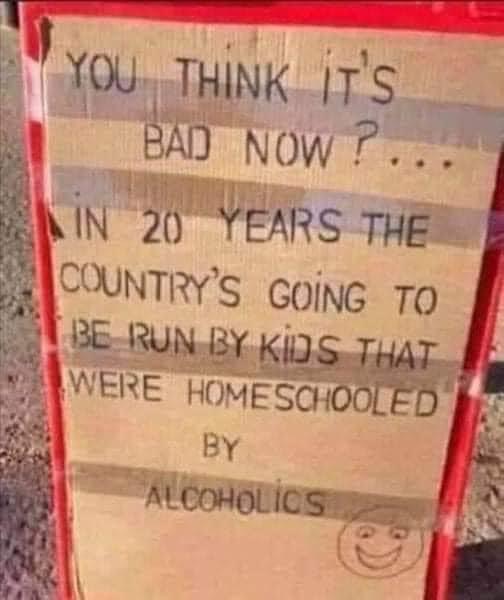Woolley Marketing: Keep working from home or back to the office?
In his regular column for Mumbrella, Trinity P3 founder and global CEO Darren Woolley suggests the “return to the office or work from home” debate fails to see the bigger picture.
As vaccination rates increase (NSW has now hit 70% and will begin reopening next week) and we learn more about what life will be like “living with COVID-19” it is interesting that much of the industry conversation is focused on either returning to work or continuing to work from home. Sure, I understand that after what feels like a lifetime of working from home, either isolated or suddenly expected to deliver home schooling for your darling eight-year-old, the possibility of escape back to the office is appealing.
Extra Gum captured this in their two and half minute ad “For when it’s time”. But more cynically, it was best expressed by this prediction of the future shared on Facebook by Lindsay Mouat, CEO of the Association of New Zealand Advertisers.


